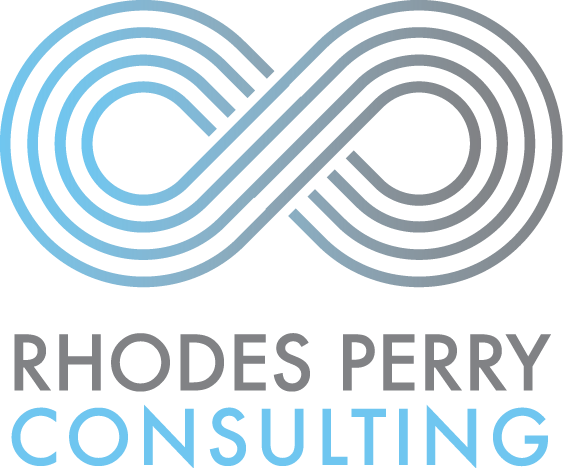5 Ways to Disrupt Digital Microaggressions
Have you ever had a situation at work signaling you didn’t belong because of an aspect of your social identity? If so, you may have experienced a microaggression.
Microaggressions are verbal & nonverbal behavioral or environmental acts of disrespect targeting people with marginalized identities or others perceived to have less power.
As a transgender guy, I have experienced my fair share of them. Afterwards, I often ask myself, “did that really happen,” or “am I overreacting?” It’s natural to second guess their severity.
Yet, some people doubt the significant harm they cause. They don’t see how microaggressions get in the way to building strong and meaningful relationships. This video may help understand.
What is a Virtual Microaggression?
What happens when microaggressions go virtual? How do we recognize them in this context, what can we do to effectively disrupt them, and whose job is it anyway to be the disrupter?
This past Monday, Belonging Community Call Participants worked together in small groups to explore how microaggressions impact their lives – both online and in real life.
Recognizing that more of our work is going virtual, participants offered examples of what online microaggressions look and feel like.
Three digital microaggression examples the group shared include:
Invading Space. In real time, invading space occurs when a colleague touches another without their consent, leaves their belongings on another person’s desk, or refuses to make room for people when passing each other in the hallway.
Ex: The digital version of this microaggression includes more enfranchised team members spending A LOT of time talking, others sharing their screen and having inappropriate notifications appear, or sending distracting private chat messages.
Getting Interrupted. A riff on “mansplaining,” or powersplaining, occurs when someone with real or perceived power talks condescendingly, or interrupts another about a topic they know nothing about, assuming they know more about the topic than the other.
Ex: On a webinar training, one participant shared that their supervisor interrupted them with inaccurate information. They faced this dilemma - publicly correct their boss in front of 200 people, or let the comment go.
Being Underestimated. This microaggression occurs when a person with a marginalized social identity (a woman, a person of color, a LGBTQ person, etc.) is assumed to have less power, work in a supportive role, or be outright ignored in workplace settings.
Ex: On a recent Zoom call, one participant shared that she was the only woman on the call. Despite being the Chief HR Officer for her company, she was asked to take notes by her CEO. Doing so made it difficult to fully participate.
What’s Your Role?
If you experience a microaggression, know that it is not your responsibility to disrupt it. Priority number one involves finding a safer space and healing from the harm caused.
For those of us who witness microaggressions, and have some degree of safety and privilege, it’s important that we intervene. Here are a few things to consider before doing so:
Job Security. Do you feel safe in your job? Do you have confidence that if you were to address problematic behavior by a peer or supervisor that you wouldn’t be dismissed for doing so? If you answered yes, keep going.
Relationship. What is your relationship to the person who caused harm? Do you respect them, and do you feel respected by them? Do you believe that if they gained awareness of their behavior that they would change? If yes, keep going.
Location. Consider the best space to have a conversation with the microaggressor. In our social distancing world, you may want to draft or talk out some key points you’d like to share, and call by phone, or schedule a 1:1 video call to discuss.
How to Disrupt?
If you want to disrupt the microaggression(s) you witness on a virtual meeting, here are a few strategies you may wish to consider. They are adapted from this resource developed by the University of Santa Cruz’s Office of Academic Affairs.
Appreciative Inquiry. If a colleague asks, “why do gays have to flaunt their sexuality,” you can ask, “say more about that…” Their response will give you more information about their worldview and may help them gain awareness of their statement’s negative impact.
Paraphrase & Reflect. If a colleague says, “I don’t see color,” you can respond in your own words, “so you feel everyone can succeed, regardless of race? Share examples?” Communicating content & feeling in your own words will reduce defensiveness.
Reframe. Your colleague, Claire, is repeatedly interrupted by your supervisor in a meeting. You can say, “Claire brings up a great point. I didn’t hear all of it. Claire, can you please repeat? This skillfully redirects & reframes the conversation.
Use “I” Statements. When a colleague says, “that’s so gay,” you can say, “I felt hurt when you said, ‘that’s so gay.’ My son has taught me the damage those words cause.” This response focuses attention on you, avoiding blame and reducing defensiveness.
Use Preference Statements. If an ableist joke is made about a person with a disability say, “I didn’t think that was funny. I would like you to stop.” Sharing your preferences, rather than demanding changes may help move this person towards better behavior.
If you found this content helpful, consider joining our next Belonging at Work Community Call on Monday at 4 pm ET/1 pm PT. The next call will review tips on how to lead inclusively during challenging times.


